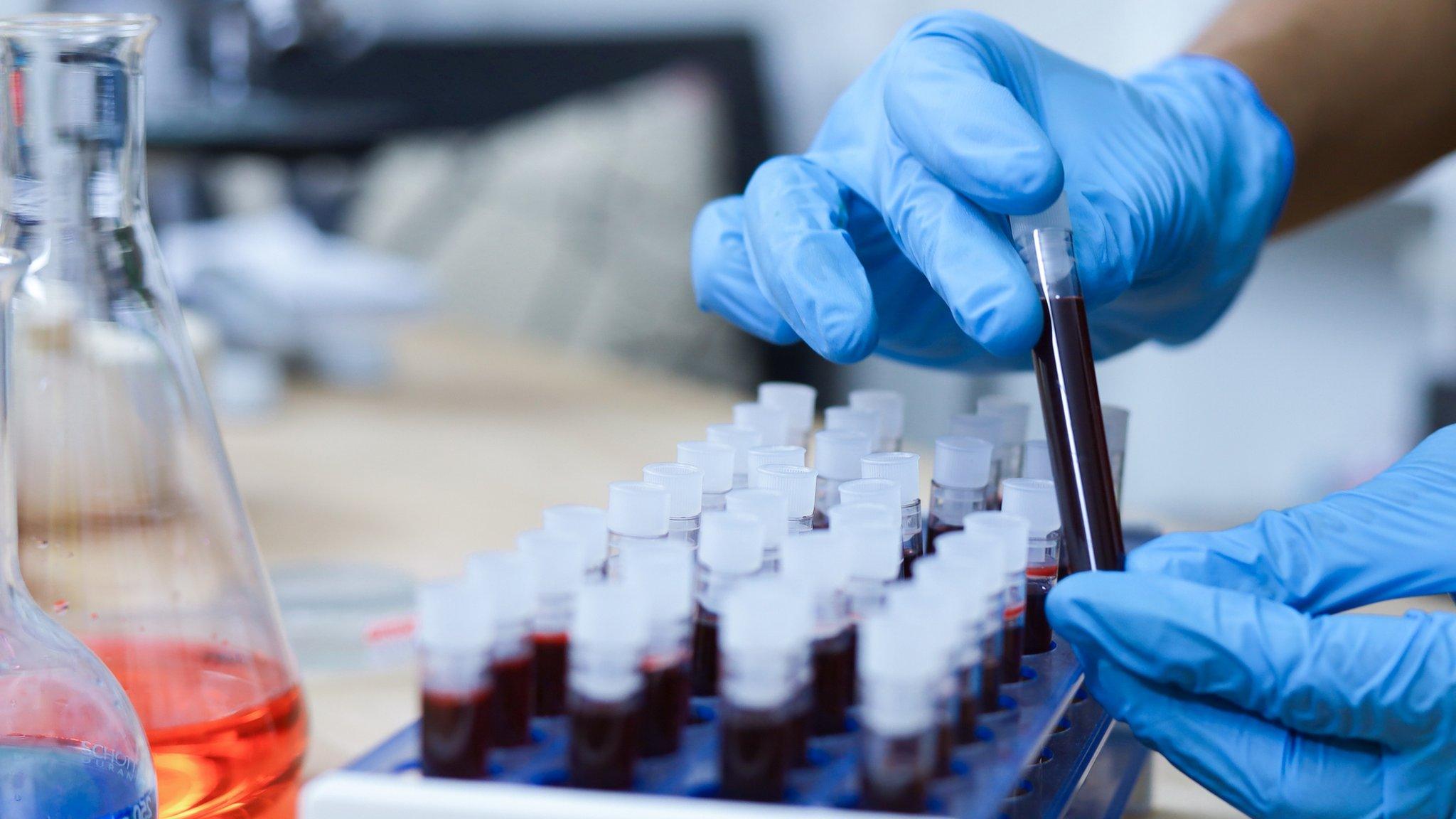Cancer: Better technology at NI Cancer Centre 'boosting cure chances'
- Published
'Without it where would I be?' - Cancer patient praises specialist radiotherapy equipment
Specialist radiotherapy equipment at the Northern Ireland Cancer Centre has increased the chances of curing the disease in some patients, according to its clinical director for oncology.
The clinic uses stereotactic radiotherapy (SABR).
Prof Gerry Hanna said this targets the tumour with more precision than conventional radiotherapy.
This allows high doses to be delivered where the cancer is with normal tissue nearby less affected, he added.
"This allows us to increase the chances of curing that cancer because the dose that we use is much higher and safer than what was previously used."
According to statistics, SABR has improved the control rate of early-stage lung cancer from 50% using standard radiotherapy to 85%.
SABR treatment is non-invasive for patients with localised and secondary tumours and especially for those with lung cancer who cannot undergo surgery.
'Taking away the cancer'
Jennings Moffett, 79, who is attending the cancer centre, said the treatment has "kept him alive".
He was diagnosed with prostate cancer in March but it has now spread to his right lung.
He said the diagnosis scared him but attending the cancer centre has given him peace of mind.
Due to heart complications, Mr Moffett is unable to have surgery so this less invasive treatment is treating the cancer instead.
Heading into a session, he said it felt good that it was "taking away the cancer on the lung".
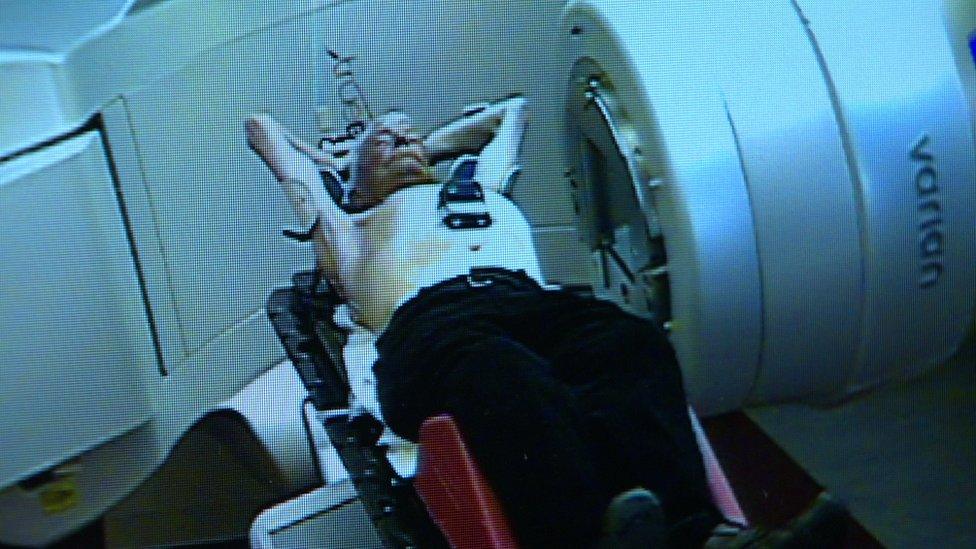
Jennings Moffett said he gets a lift after using the equipment
The SABR equipment arrived at the cancer centre in June 2013 when 20 patients were treated.
By 2022, that number had increased to 250 and it is projected by December 2023 almost 400 people will have been treated by SABR.
A team, including radiographers, medical physicists, doctors, nurses, and administrative staff, are involved in designing a patient's treatment plan.
Each plan is personal and targets the patient's tumour instead of a one-treatment-fits-all approach.
A four-dimensional CT scan is key.
In Mr Moffett's case, it shows his lungs moving up and down as he breathes - the cancer is clearly visible on the right lung.
His breathing pattern is recorded and the radiation is timed with that motion to ensure the treatment is precise.
Prof Hanna said the orange outline is where beams of radiation will target the cancer, while the blue outline provides a small margin of error.
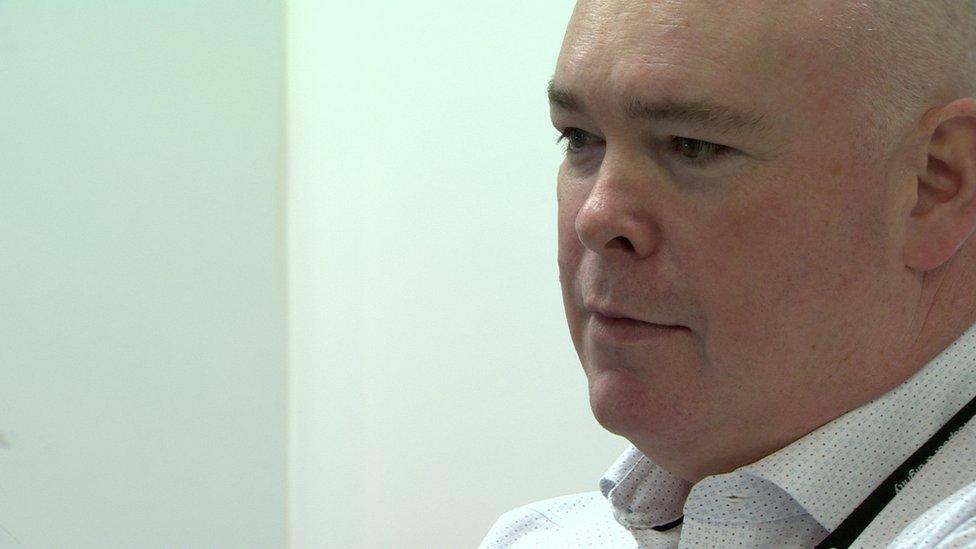
Prof Gerry Hanna said improving technology increases the chances of curing cancer in some patients
Before SABR treatment the margin of error would have been much larger and potentially damaged healthy tissue, including areas such as the oesophagus or the food pipe.
The treatment is delivered in the radiotherapy bunker, where the team monitors Mr Moffett's movements from a safe distance.
The SABR machine delivers more radiation compared to standard radiotherapy.
The lasers are aligned with markers on Mr Moffett's body. Precision of the lasers is key, safety of patients and staff paramount.
'It feels tremendous'
The team also ensures that a patient is coping mentally as well as physically.
According to Mr Moffett, receiving a cancer diagnosis is "horrendous".
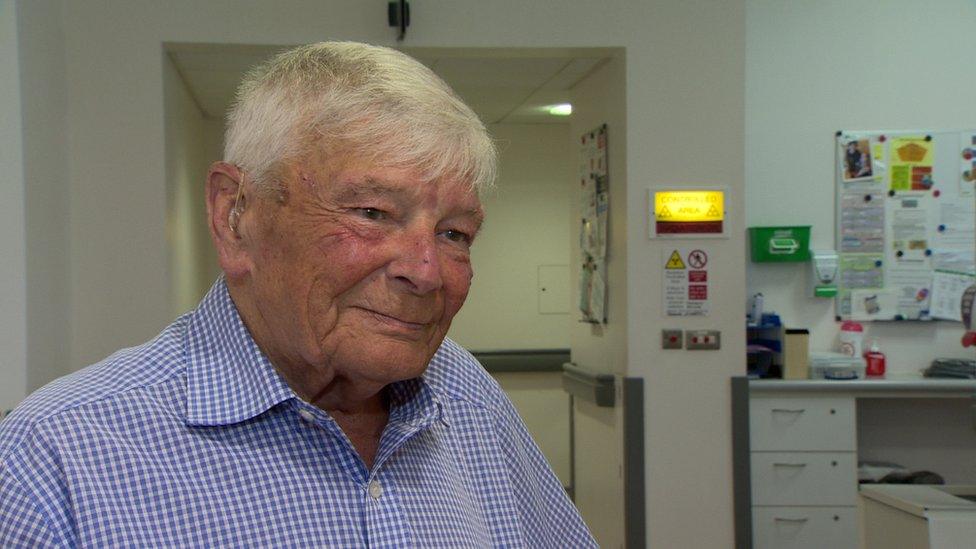
Mr Moffett said he is looking forward to celebrating a special birthday later this year
He said if this had happened five or ten years ago "he would have been dead".
"Your mind goes into overtime, you are asking how long I have got - and then I met Gerry and he advised about the treatment," he explained.
"It feels tremendous, I get a lift when I leave here, the first thing I do is go home get a bit of lunch. The family are delighted too especially my three sons."
Mr Moffett said he is looking forward to October and celebrating his 80th birthday.
Related topics
- Published22 March 2023
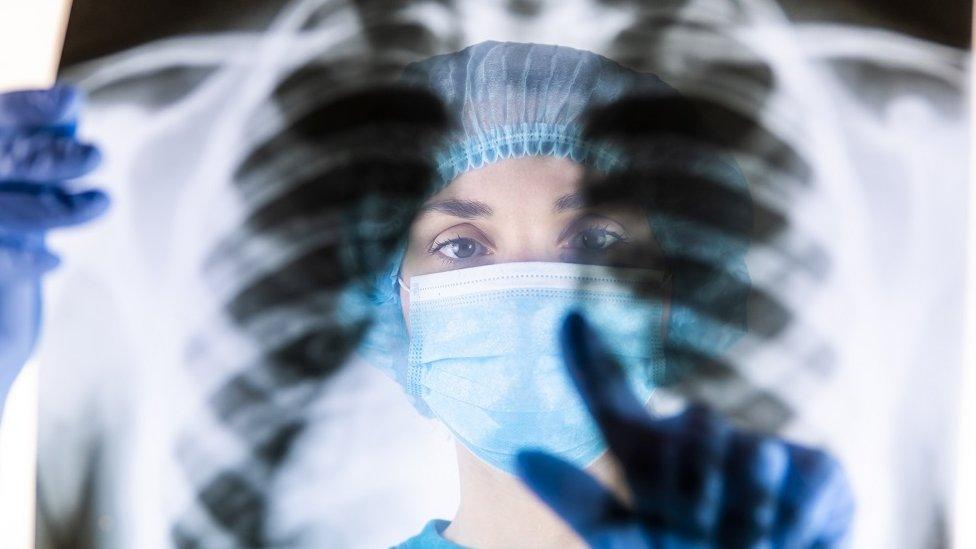
- Published26 January 2023

- Published11 November 2022
